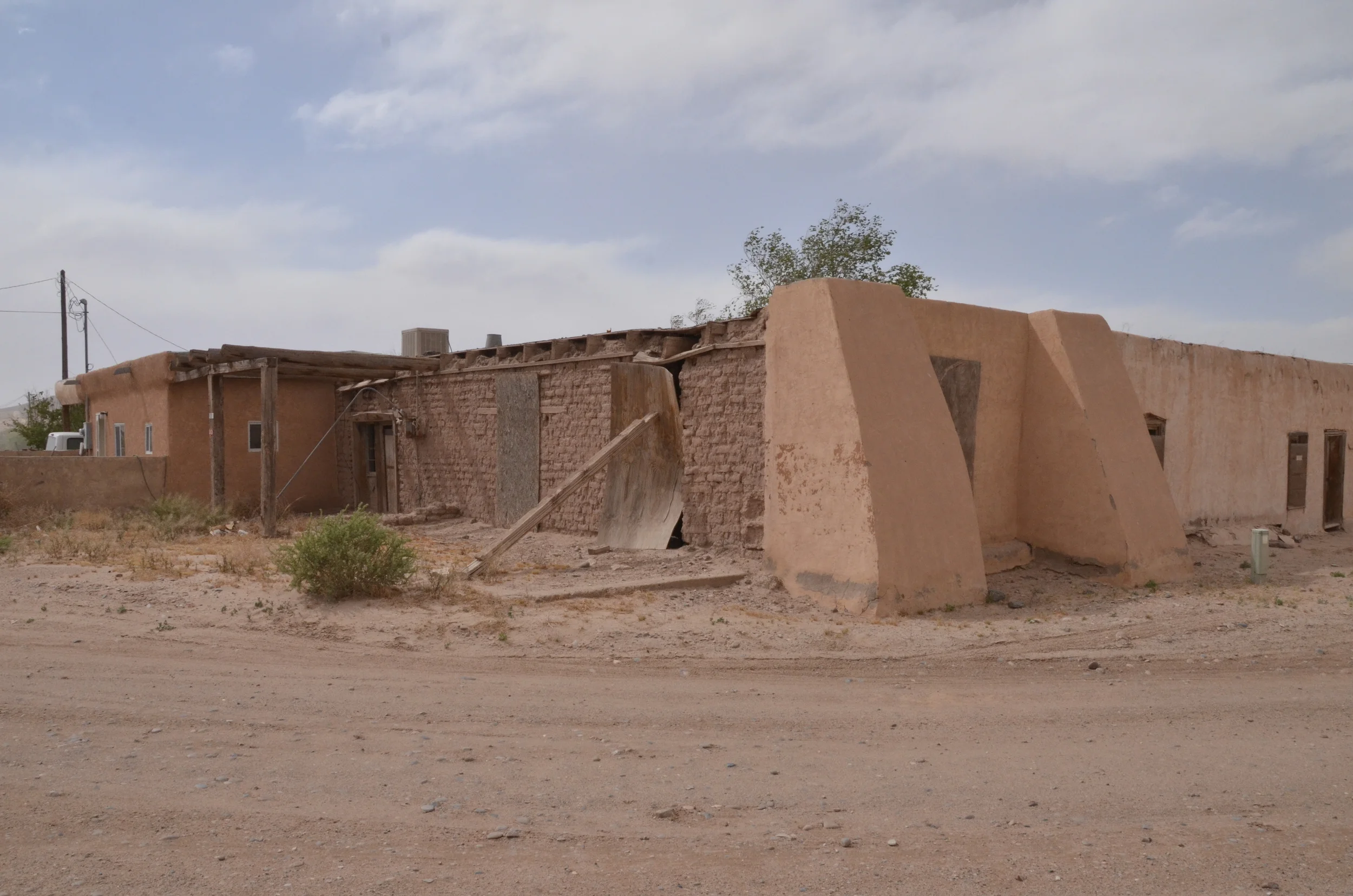When the Spanish first saw the Pueblo it appeared to be an island in the middle of the Rio Grande River, hence the name Isleta. Today Isleta is an island of Pueblo culture threatened by the powerful current of American culture. The educational demands placed upon the Pueblo by State and Federal standards are often in conflict with the Pueblos interests and standing as a sovereign nation. Of primary importance is the survival of their language and language instructions is problematic in an English dominated society. As an elder recently commented, the old stories don’t make much sense when told in English.
Our story is primarily told from the point of view of Charles Lummis as most of the research available comes from his records. He expanded thousands of words trying to convince Americans that it was time to get over "our silly race prejudice," and respect Native peoples and cultures. Contrasting his writings with official government reports highlights the bigotry that inspired the creation of the Indian Boarding Schools. The Braun Research Library at the Autry National Center holds a rich collection of Lummis’s correspondence, diaries, books, photographs and newspaper and magazine articles that will illustrate this one-hour documentary.
Stylistically, Los Cautivos will attempt to contemporize the Isleta story of 100 years ago by blending archival material with interviews of graduates of 20th Century Indian Boarding Schools, and with the oral histories of Pueblo elders. Included are interviews with the now deceased Keith Lummis, the son of Charles.
Re-enactments will be staged at the actual sites, as little has changed at Isleta Pueblo, including the adobe compound where Lummis lived. The re-enactments will be tinted blue to reflect the cyanotype process Lummis used when printing his many photographs. There exists a few minutes of film of the Isleta Mission School from the 1890's that we plan to use. Our soundtrack will incorporate some of the wax cylinder recordings Lummis of both popular songs and Pueblo songs.
Cultural & Historic Context
In late 19th Century America, bigotry was rampant and it took a great deal of courage for the people of Isleta and Lummis to stand up to government power and popular sentiment. During this time frame Western Tribes turned to the Ghost Dance as a spiritual force to drive out the white man. This fueled Anglo fears of a pan-tribal uprising in the West. In December of 1890, members of the 7th Calvary killed between 150 and 300 peaceful Sioux Indians at Wounded Knee, South Dakota.
In 1892, the same year Isleta sued for the release of their children, Plessy Vs Fergusson went before the Supreme Court and the Geary Act extending the Chinese Exclusionary Act was passed. By the mid-1890’s the anti-Catholic, American Protective Association boasted a membership of over 2 million and was a lobbying force in Washington, D.C. In the face of all this, the Isleta Pueblo and Charles Lummis peacefully negotiated a successful civil rights issue.
